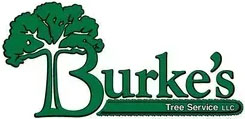Best Tree Service in Rochester, NH
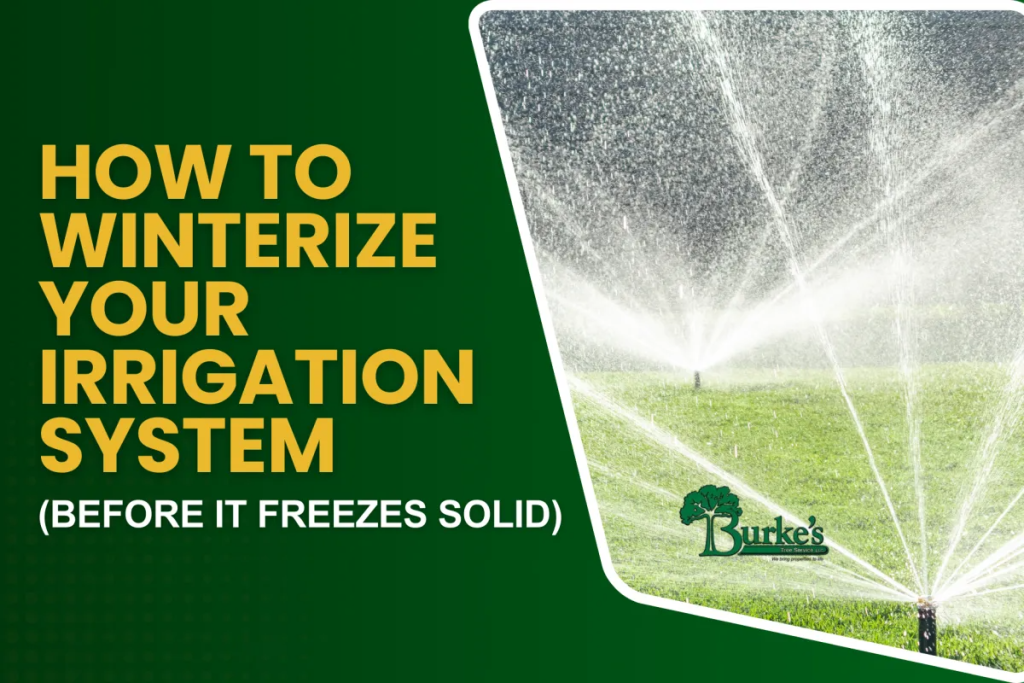
If you’re in New Hampshire, you already know what’s coming.
The first frost. The early freeze. That weird mid-October snow nobody wants to talk about. And your irrigation system? It knows, too—unless you shut it down properly.
Every fall, we get the same emergency calls: burst lines, cracked valves, busted sprinkler heads. And almost every time, it’s because someone waited too long (or thought draining the system was enough). Spoiler alert: it’s not.
Here’s your complete, no-fluff guide to when and how to winterize your irrigation system in New Hampshire, with local tips from the crew that does it all day, every fall.
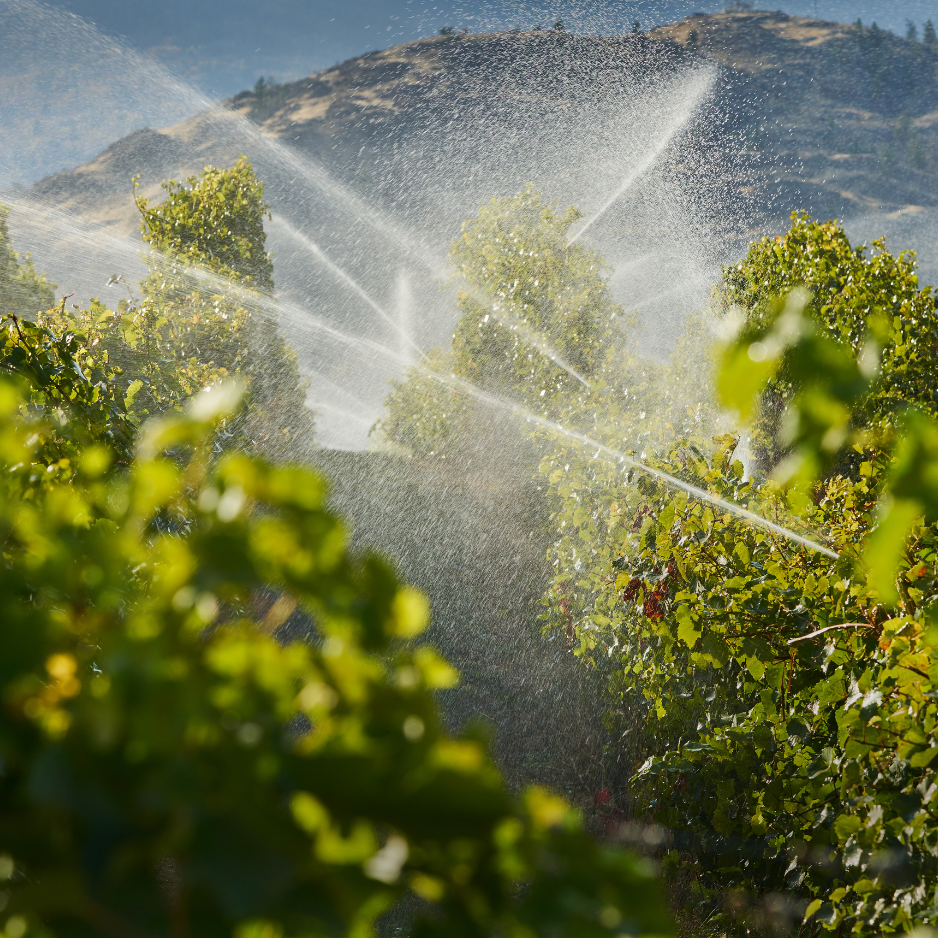
What happens if you don’t winterize your irrigation system?
Let’s start with the obvious: water expands when it freezes. If there’s any left in your irrigation pipes, fittings, valves, or sprinkler heads—guess what happens?
• PVC pipes crack
• Sprinkler heads pop
• Valves split
• You get a giant repair bill in April
And even if nothing bursts, hidden damage can weaken your system for next year. That means leaks, inconsistent pressure, higher water bills, and uneven lawn coverage.
Bottom line? If your irrigation system isn’t blown out before the first hard freeze, you’re gambling with your entire setup.
When should you winterize your irrigation system in New Hampshire?
In general, aim to shut things down before temps drop below freezing overnight for several days in a row. For most of New Hampshire, that means:
Late September to mid-October is the sweet spot.
Don’t wait until November or when you see frost on your windshield. That might be too late. And yes, we know the weather can be unpredictable. That’s why we schedule ahead based on historical freeze dates and keep a close eye on forecasts.
How to winterize your system properly (the right way)
There are a few methods out there, but around here, there’s really only one that works across the board:
💨 The Blowout Method
This is the gold standard in New England. It uses compressed air to force all remaining water out of your irrigation lines.
Here’s what we do:
1. Shut off the water supply to your system.
2. Relieve pressure and open manual drain valves (if applicable).
3. Connect an air compressor to the system using a proper adapter.
4. Zone-by-zone, we blow out water through the sprinkler heads using controlled pressure (not too much, not too little).
5. Check the backflow preventer, valves, and filters to ensure everything’s dry.
6. Unplug your controller or set it to “off” for the season.
It takes specialized equipment, and doing it wrong can damage your system. That’s why we recommend leaving it to the pros. (We’re those pros, by the way.)
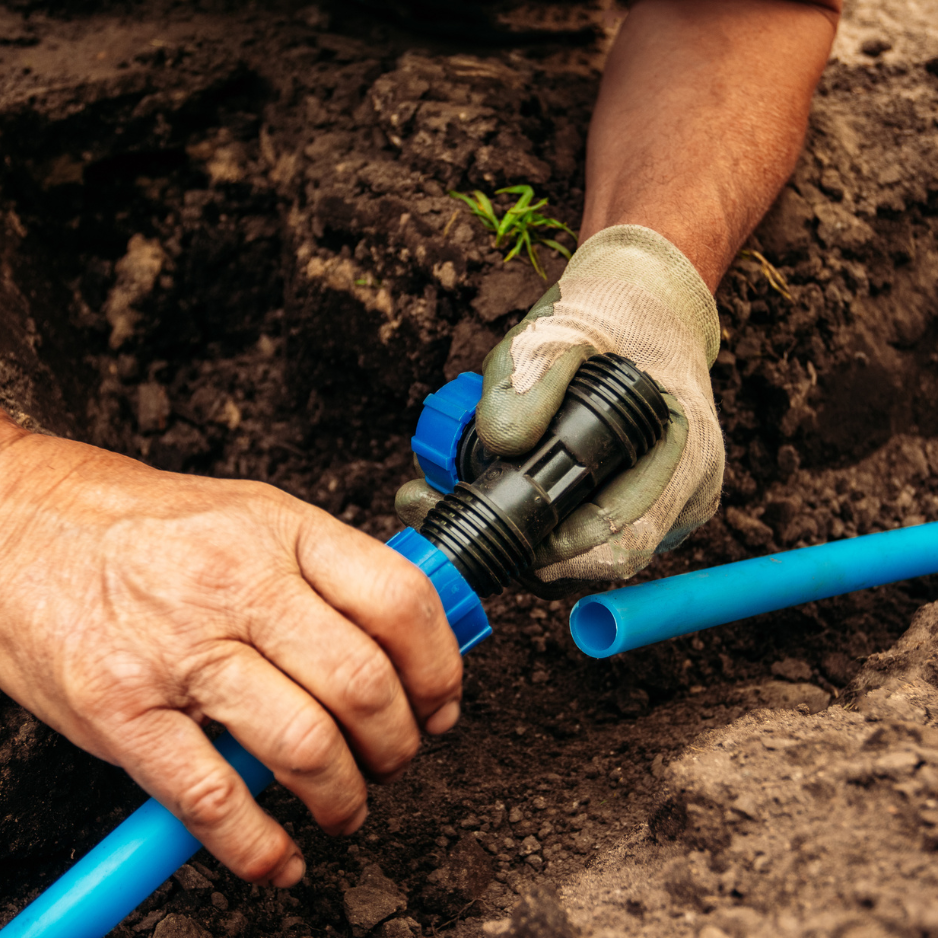
Can you just drain the system instead?
Short answer: Not in New Hampshire. Gravity draining works sometimes in mild climates, but around here, it’s unreliable and leaves water in low spots. That’s a recipe for frozen pipes and expensive repairs.
Unless your system is very small and specifically designed for manual draining, you need a blowout.

Signs your irrigation system wasn’t winterized properly
If you’re reading this after the first frost and wondering if you’re already too late, look out for:
• Sprinkler heads not working or leaking
• Uneven water pressure
• Water bubbling from the ground
• Cracks in exposed PVC
• Controller issues or zone failures
Even if everything looks okay, internal damage could still be lurking. A spring inspection is a smart idea if you’re unsure.
What makes Burke’s Tree Service the go-to for winterization?
We’re not just tree people—we handle full-property care, and that includes irrigation. When you call us for winterization, you’re getting:
• Experienced, licensed pros who know New England systems inside and out
• Top-tier equipment (not your cousin’s garage air compressor)
• Flexible scheduling around your needs and the weather
• No up-selling, no unnecessary parts, just honest service
Plus, we’ll make notes about any minor issues we find so you can take care of them before they become spring headaches.
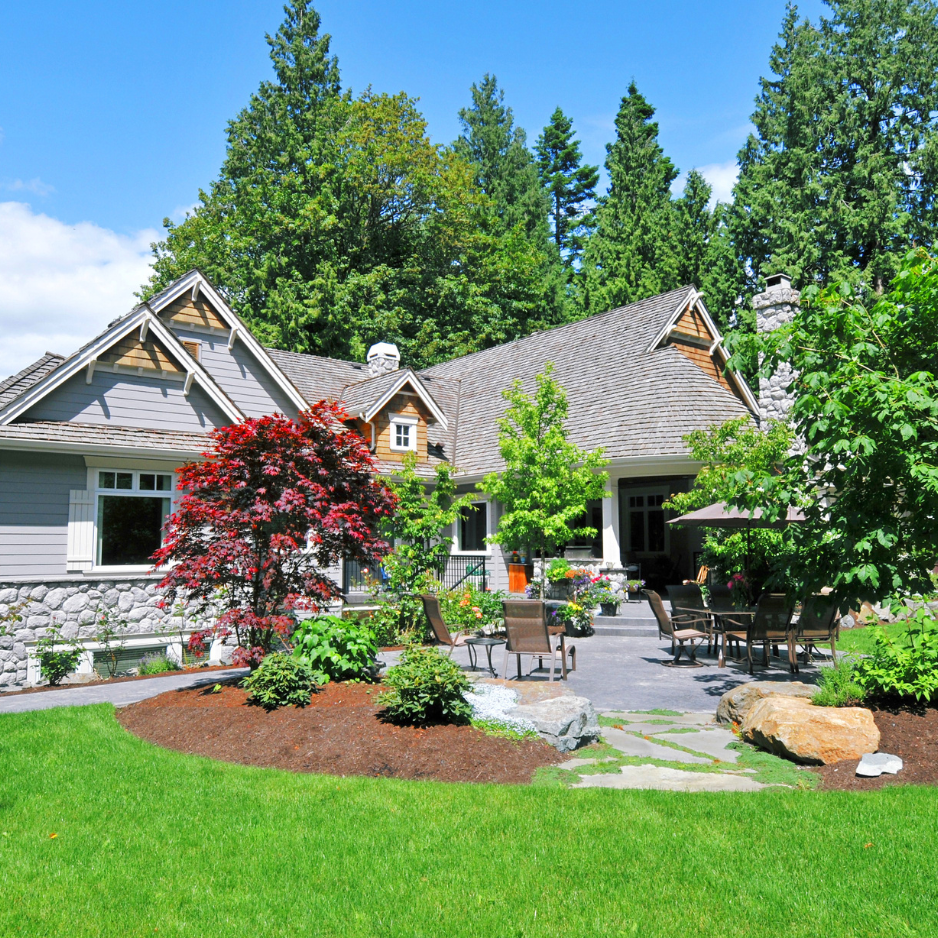
Want to book ahead?
Smart move. Our fall calendar fills up fast—especially after the first cold snap. If you want peace of mind and a smooth spring start-up, the best time to winterize is before it’s urgent.
Don’t wait for frost warnings or cracked pipes. Visit us online to lock in your spot:
👉https://www.burkestreeservice.net
We’ll get your system shut down safely, professionally, and on time—so you can head into winter without worry.
